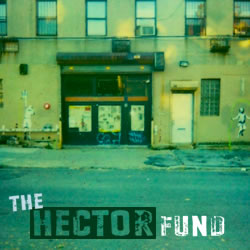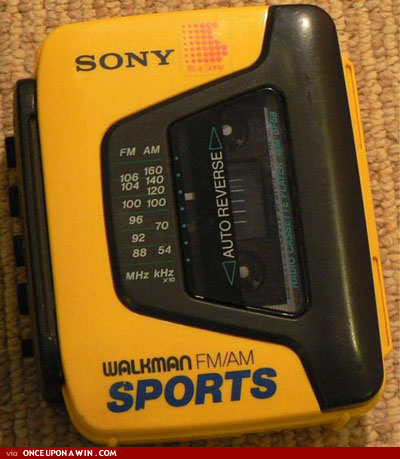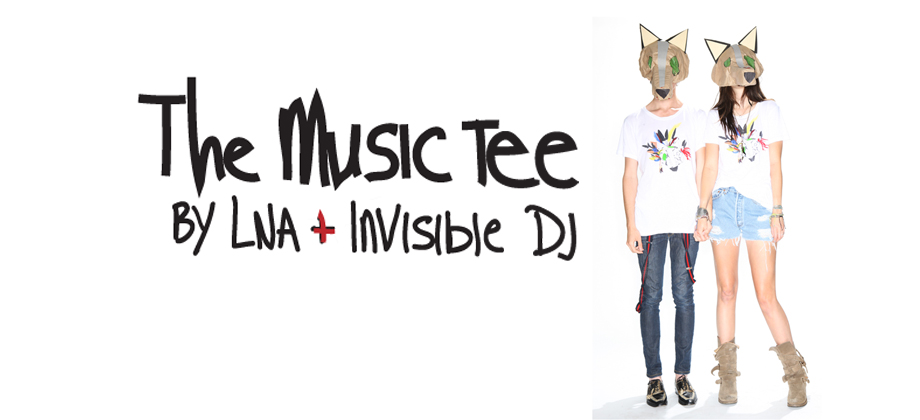There are different kinds of music fans out there. There are the casual fans – you know who you are – who regularly download the top 20 songs on itunes to stay current, flip on the radio while driving cause it’s easy, and tap their toes to whatever is playing in the background. They definitely enjoy music and probably have some favorite songs but they don’t, you know, obsess. They don’t memorize the lyrics to an entire album. They don’t spend a month’s salary on good seats at a concert. And they certainly don’t go out of their way to help the musicians themselves.
And then there are the loyal fans. Loyal fans are a unique breed of human. Loyal fans don’t just like, they love their favorite bands. These are the people who will fight a bouncer three times their size in an attempt to get on stage with their idol. They kiss their posters good night when they go to bed. They will follow a band around the country for months on tour. They would give anything to actually meet their favorite musician.
Loyal fans are pretty stoked about the things that are being made possible in this evolving world of music 2.0, where musicians and their fans are starting to interact, to connect. Not only can fans follow the daily lives of their favorite artists through tools like Twitter and Facebook and communicate with them and become part of a community, but now fans can support them financially. We’re not talking about buying CDs (i.e. giving money to record labels) here. We’re talking about giving cold hard cash directly to the artist, and thus enabling them to continue to create great music. There are various services out there that offer this, some of which we’ve covered previously.
Recently, we learned that a group of rising reggae artists, John Brown’s Body, is raising $50k for an overseas tour using a service called The Hector Fund, which designs and manages “Artistfunding” campaigns. Microfinancing music is not a new idea. President/Founder of The Hector Fund, Jake Brennan, says on music think tank’s blog “We don’t claim Artistfunding as an original idea… We’re simply Artistfunding agents. We offer this as a service to artists. We develop, host and market the campaigns for the artists and administer the fulfillment of purchased tangible goods and merch to their fans.”
The kids over at The Hector Fund facilitate more intimate relationships between musicians and their loyal fans. They have built a platform upon which both parties get something they want (cool perks) or need (money) in a way that is feasible for everyone. And they make it super easy for both sides by handling all the details.
What sorts of tangible goods and merch is JBB offering in exchange for cash love? Among other things, a weekend on the band’s tour bus, a permanent spot on the guest list, studio production time and much much more. As part of this promotion they are offering a free MP3 download of the previously unreleased song, “Sweeter,” here. Go grab it and have a listen. Then, on that same page you can check out the plethora of contribution levels – from $6 to $50,000 – and all the cool shit you get in return for helping them live their dream and go on tour abroad.
[Sidenote: Did you know you can remix their song “Zion Triad”? You should give it a shot.]
On her St. Pete Music Scene blog, Shannon B. writes “…this Foundation embodies and represents true love for and dedication to music. In my opinion, this is exactly the kind of thinking the music community needs.” Well, it is certainly a step in the right direction. Empowering musicians to work more independently and to connect directly with their fans is a beautiful thing. And we’ll likely see more organizations like The Hector Fund popping up in the near future.
Stay up to date with The Hector Fund by becoming a fan on Facebook.








